Unfortunately, knife attacks can still occur in the modern world. Finding yourself in the presence of a knife-wielding attacker can be a terrifying experience, whether it is a random act of violence or a targeted assault. Understanding knife self defense techniques is essential to protect yourself and improve your chances of surviving in such situations. The fundamentals of knife self defense will be covered in this blog, along with some crucial advice to keep you safe in dangerous situations.
Stay Calm and Assess the Situation:

Stay calm and assessing the situation are the first and most important steps in any self defense scenario, including knife attacks. Your judgement and capacity for effective response may be impaired by panic. Inhale deeply, and try to stay composed.
Assess the situation by evaluating the distance between you and the attacker, the type of knife he is holding, and his mental state. You can use this information to assist with your decisions about how to proceed with your self defense strategy.
Create Distance:
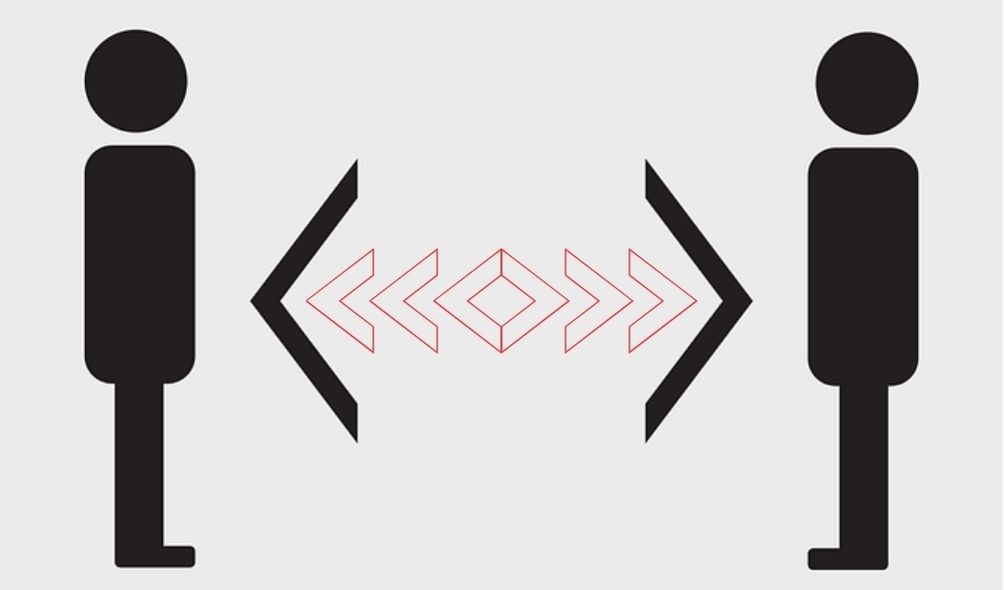
Your top priority in a knife attack should be to create distance between you and the attacker. The less likely it is that the attacker will be able to cut you with his knife, the farther away you are from him. Move away from the attacker if at all possible, and try to put as much distance as you can between you and the attacker.
Use Your Voice:

In a knife self defense scenario, using your voice can be a strong tool. Shout firmly and loudly to alert people to the situation and scare off the attacker. Use firm, authoritative commands like “Stop!” or “Back off!” to establish your boundaries and make it clear to the aggressor that you are not an easy target.
Focus on Target Areas:
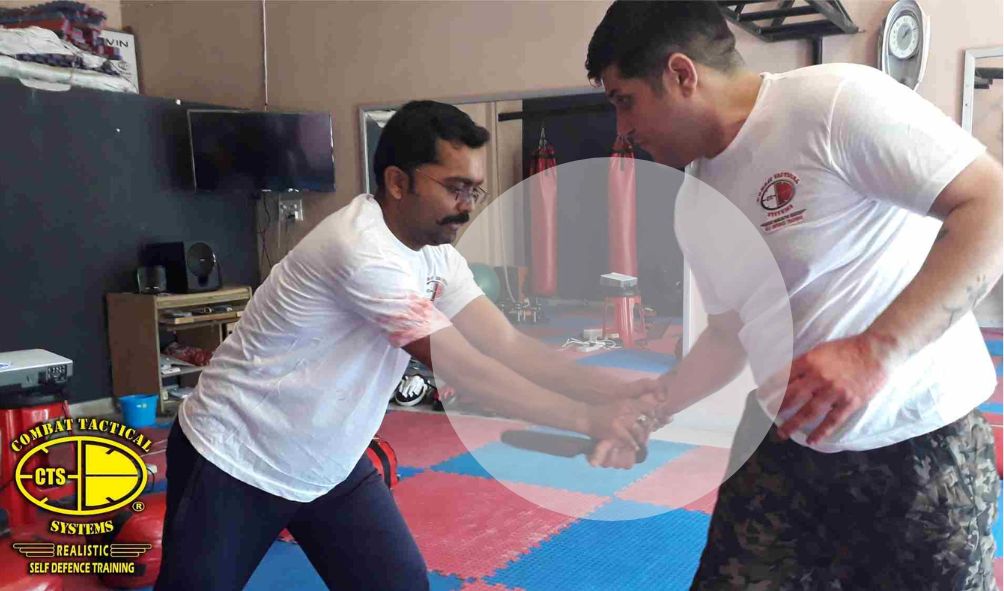
In knife self defense, it’s essential to focus on target areas in order to disable the attacker and defend yourself. The wrist, forearm, upper arm, and the attacker’s hand holding the knife are all potential targets. By targeting these areas, you can loosen the attacker’s grip on the knife and decrease his ability to cause harm.
Use Defensive Techniques:
Several defensive techniques can be used to defend oneself in knife self defense situations. Here are some examples:
• Blocking – Block and deflect the knife strikes by using your arms, hands, and forearms. The knife should not be grabbed with bare hands, as this could cause serious injuries.
• Redirecting – Move the knife away from your body with sweeping moves to make space for counterattacks.
• Evading – Use footwork to move around the attacker and avoid their knife strikes. You can create opportunities for escape or counterattack by moving swiftly.
Look for Escape Routes:
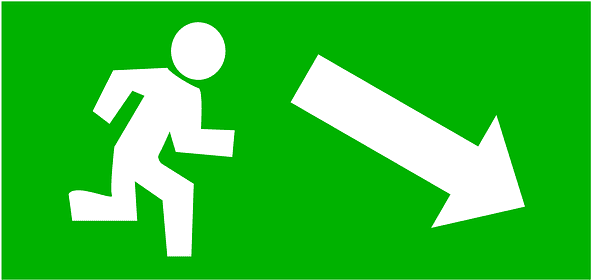
In a knife self defense scenario, your main objective should be to escape and reach a safe place as soon as you can. Plan your exit and look for escape routes. Take advantage of any opportunity you see to escape. Running away from the attacker is a smart strategy to protect yourself and is not a sign of weakness.
Ask for Help:

After you’ve gained some distance and succeeded in getting away from the immediate danger, ask for help immediately. Find a safe location where you can contact the police, obtain medical attention if necessary, or call for help. Never be reluctant to ask for help from bystanders or onlookers.
Practice Realistic Self Defense:
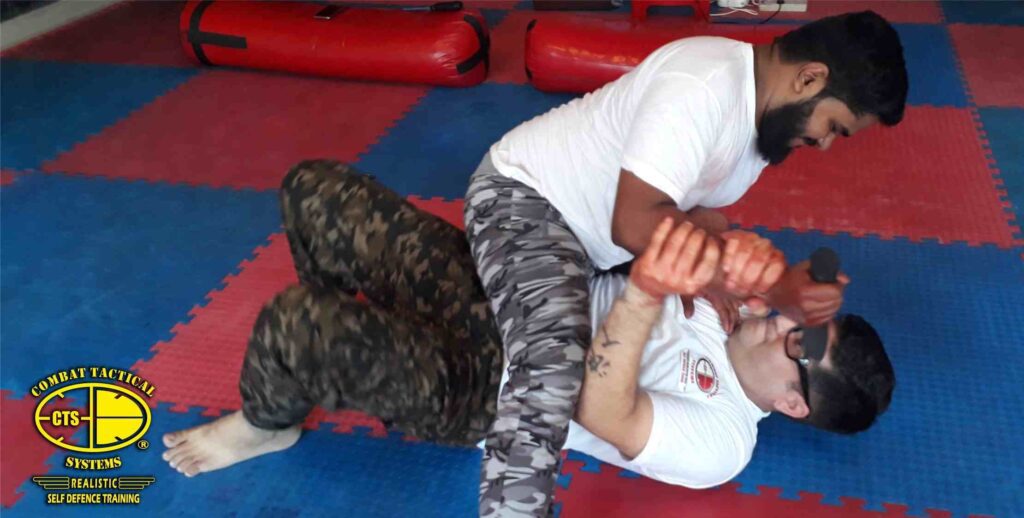
To successfully defend yourself from a knife attack, you must practice realistic self defense. Take into consideration enrolling in practical self defense classes that emphasize knife self defense techniques. Regular practice will help you develop muscle memory and boost your confidence when applying the techniques in the real world.
Knife attacks are unpredictable and dangerous situations that require quick thinking, calmness, and effective defensive tactics. Remember to stay calm, maintain distance, speak clearly, and focus on target areas.

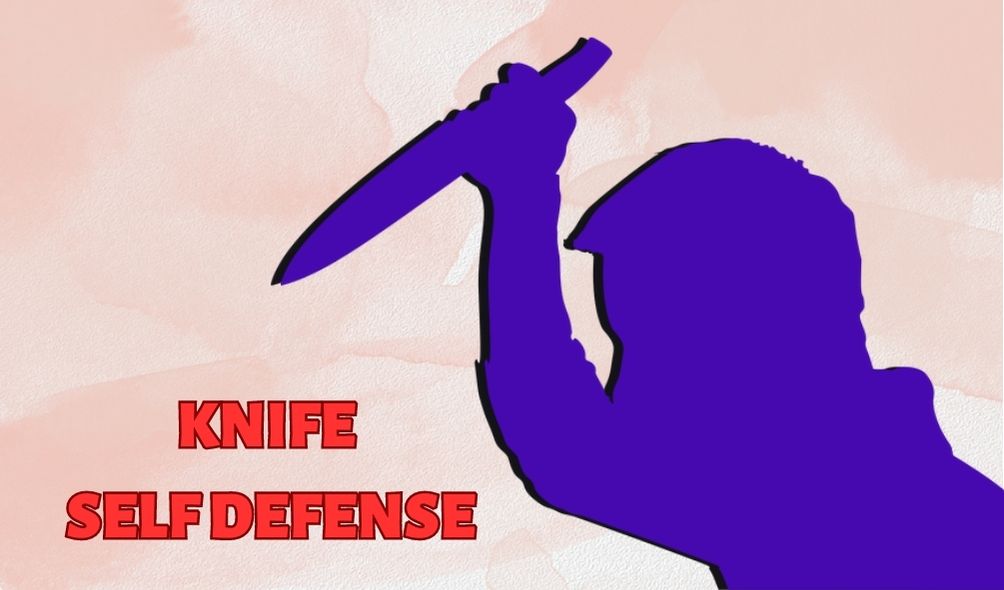
Pingback: Why We Need To Rethink How We Teach Self Defence To Children » ArvinKhaireBlogs